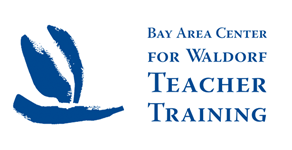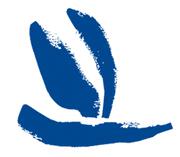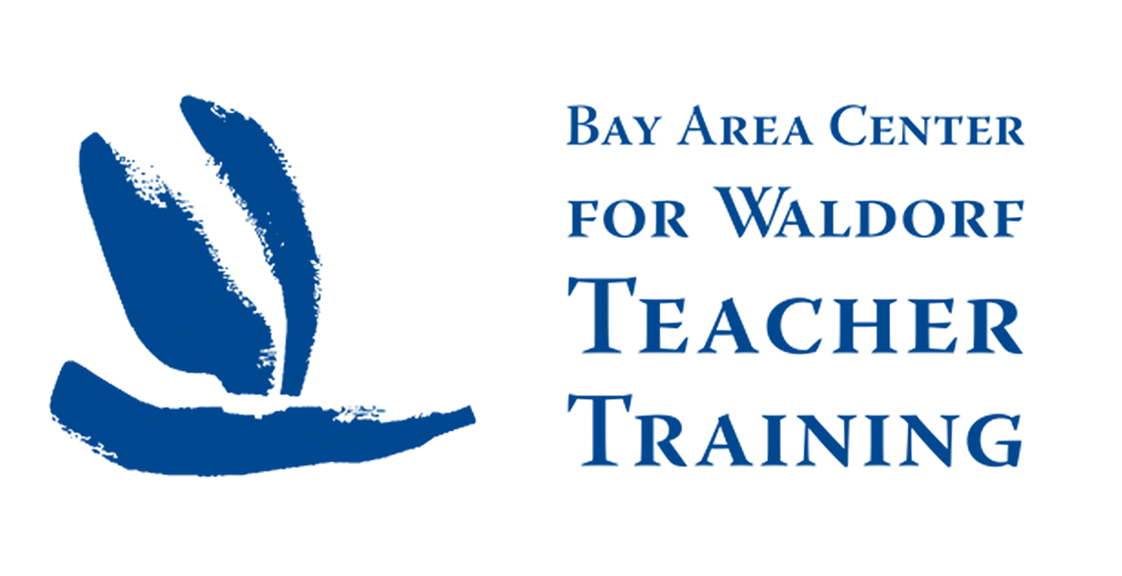Dear BACWTT Students, Alumni, Friends and Colleagues,
Here is the Calendar of the Soul verse for this week:
Verse 9
Forgetful of my self-determined will,
World warmth, heralding the summer,
Fills all my Soul and Spirit being,
To lose myself in light
My spirit vision summons me,
And divining forcefully proclaims
‘Oh lose yourself to find yourself anew.’
The theme of the verse this week is summarized in the first and last lines: “Forgetful of my self-determined will” so that you may “lose yourself to find yourself anew.” In the middle of the verse, we hear words and phrases such as “fills all my soul,” “spirit vision” and “divining.” It can be easily felt as we move into summer – how It becomes difficult to hold onto the thread in the increasing light and warmth, how we can be a little adrift, lose track of things.
Our modern lives are set up in such a way that we are increasingly reduced to one way of functioning – alert, active – and in our consciousness – outwardly effective, sharp. Anything less than this is unintelligent, sleepy, dreamy, lazy, ineffective. We surprisingly carry, even as supposedly free and modern people and in spite of the many revolutions aiming towards greater outer and inner freedom, a very fixed picture of what is good and proper in terms of consciousness.
There is an underlying puritan spirit active in our modern lives when it comes to consciousness, and a powerful force working to ensure that we conform. The forces of conformity are remarkably strong right now, strangely coinciding with a time when the leadership of this nation is quite self-centered and unpredictable.
Fundamental to Waldorf education is the idea that there are many types of consciousness available to the human being or, put in another way, to be a whole and healthy human being one must cultivate and work with the various types of human consciousness. In trying to meet, address and educate the whole child, Waldorf education deliberately addresses the child with different aspects of consciousness. The most well-known of these is probably expressed in the idea of a 3-fold human being who has 3 distinct ways of meeting the world – through thinking, through feeling and through will.
The journey through the year with the Calendar of the Soul asks us to pay attention in an-other way to the weaving, shifting arrangements of thinking, feeling and willing. As we, with our different aspects of consciousness move and breathe with the cycle of the year, we can sense the changes of consciousness in ourselves. The Calendar of the Soul is a teaching instrument for those who would like to be Waldorf educators as it teaches at least 52 arrangements of thinking, feeling and willing. We could easily come out of a Waldorf teacher training with the idea that there is one static picture of the human being, nicely divided up into three regions (head, chest, limbs) with three functions (thinking, feeling, willing), and that these three are nicely separated out and have not much to do with each other…
We could also easily develop the incorrect idea that these three are activities, but not types of consciousness. I am laboring this point a bit because I think it is not well grasped… When we are working in Waldorf education with what is popularized as “head, heart and hands,” we are working with three types of consciousness, with three types of human capacity to know and meet and engage with the world. Our task is to ensure that the whole child or young person has the opportunities and activities so that these three layers of the human inner life are met, addressed and schooled.
We can rethink the whole Waldorf curriculum and what we are trying to do with the young people in front of us from the standpoint of what is happening to them in their development right now – in terms of the weaving and configuration of their thinking, feeling and will. What can we, as the adults and educators, offer into this situation to provide guidance to these 3 developing layers of consciousness of thinking, feeling and will? How could they naturally become one-sided at this time in the child’s development? Out of balance? What ideas, themes and historical events can we offer to adjust that?
The curriculum for the 9th grade calls for a main lesson in the history of art. I have just finished teaching this to the youngsters at San Francisco Waldorf School, so it is fresh in my mind. Rudolf Steiner says it is important for the young people at this particular age to see artistic works from a wide range of times and cultures, and to experience that there are many types and expressions of beauty. That experiencing this vast range of expressions of beauty, which has emanated from human beings all over the world, in all cultures and throughout all human history, will have a deep impact on the development of these young people – only at this time. That there is something both ripe and sensitive in their consciousness that allows this to be ‘schooling’ for them.
As we came to the close of the main lesson, I wanted to bring them something contemporary – to see how some artists today are striving, and what may touch us deeply as beauty now. I brought three environmental artists – Andy Goldsworthy, Richard Long and Chris Drury. (Many of you will have heard of Andy Goldsworthy, as he is the most well known of these 3 British artists who are of the same generation.)
All 3 artists as young graduates of art school were rebels. They didn’t want to fit into the art world system. They all found that the outdoors and working in nature was a path towards finding a new art form; they found the power and beauty of nature to be the right environment for their creative search. They were also all considered a little crazy! I have a friend who knew Andy Goldsworthy as a young and unknown artist living in the same small village as her in Scotland, where he was considered by the locals as quite bizarre and ridiculous with his strange outdoor activities. Only later, as he began to gain recognition, did his antics begin to be seen as meaningful.
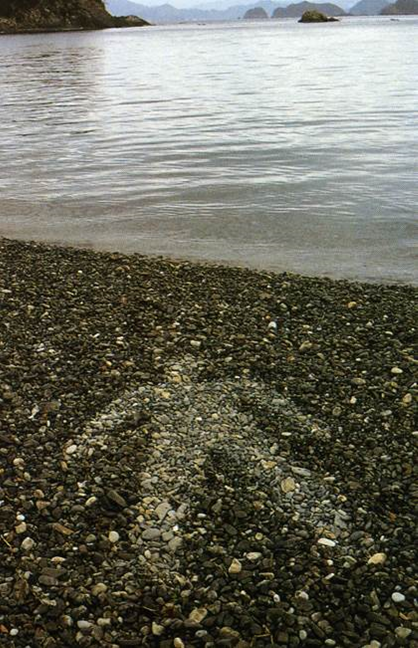
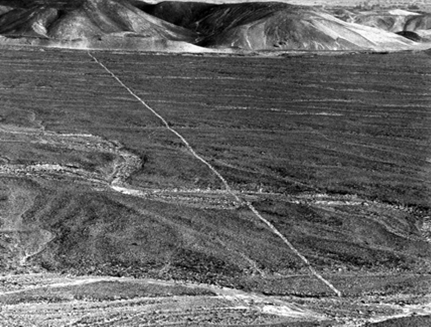
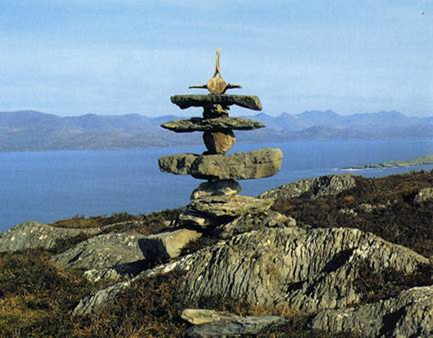
In presenting and discussing these artists with the teenagers, they awaken to some of the ideas about art today. What makes it art? When did the work of these three young men change from messing around outdoors to serious artistic endeavor? This questioning leads to a number of important thoughts about beauty in our time, but one that stands out to me: as important to the teens is the realization that these artists were eventually taken seriously because of their unrelenting commitment to continue their work, their persistence, their will. They persisted in their commitment to their view and aesthetic sense, and their feeling that this was valuable – and eventually this was seen and appreciated. Now that they have be-come “established,” we can appreciate what they have been able to bring into the world, and how they have nourished us and helped to grow a new modern sense of beauty.
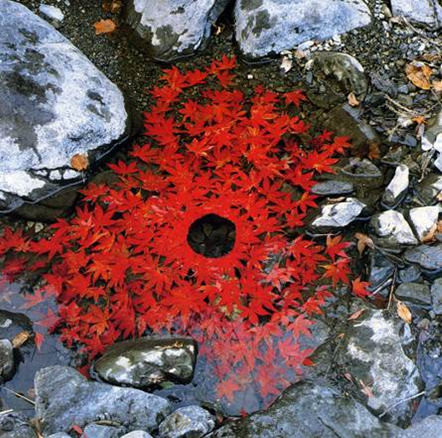
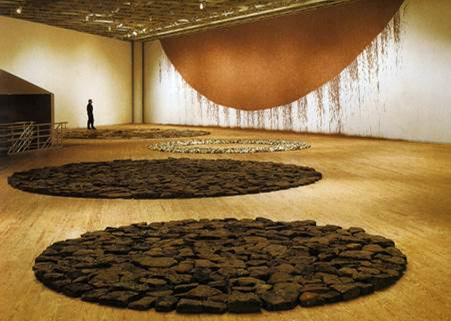
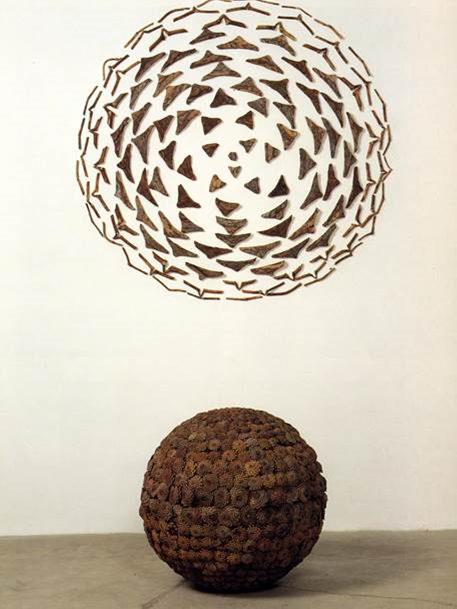
We can begin to understand that beauty exists in context of the times, the people, the culture. It is both specific and evolutionary. The creations of these 3 artists reaches us in the context of a 21st century environmental crisis. There is little in these works that it not natural, there is little that is contributing to global pollution – and that allows them to speak to us cleanly. These artists went out into nature, not with their heads full of the jargon of the art college (or, as so many of us do now with a cell phone and satellite connection that never lets us “disconnect”), they went out into nature to try to discover something new, to be open, to try to be a blank slate or empty canvas; they went to find something newly beautiful – and bring it back to show us.
Important to the teenagers, I think, is the realization that these artists had to throw them-selves into their work not knowing if it was going to pay off or not. They really had to em-brace and live the idea, “lose yourself to find yourself.” Without having to explicitly describe it to the 9th grade, they realized that the constitution of consciousness of the artist is important.
The artist is able to:
Think “differently” – to consider the ridiculous, to think outside of the box that history and the art world had built.
Feel deeply into their world and, from out of themselves, find new ways to respond.
Persevere and commit to the process with their will for years without recognition, knowing deeply that what they were doing had value.
Out of this constitution of their consciousness, they were able to bring a new beauty into the world.
Of course, art history is only one subject, but we should be aware as Waldorf educators that everything we bring to the child and young person has the potential to school the layers of their consciousness. That this is one of the unique aspects of Waldorf education: that we deliberately set out to address the many layers of the inner life of the child – and bring positive and meaningful content and processes to them. An education of the whole child is an education that builds their ability to sense and to trust the many layers of their consciousness, not only the aspect that is most awake.
How does one prepare to be a teacher who can do this? This question occupies Waldorf teacher training institutes all over the globe. Many teacher training institutes are gearing up now for their summer programs, knowing that this aspect of our work is especially important in the summer – when learning processes facilitated by the arts are highly valued for their potential to be a schooling in multiple layers of consciousness.
This summer of 2020 is a test for Waldorf teacher training institutes. As we are forced to work from a distance – and the arts will especially suffer from us not being able to be physically together in the music, speech, Eurythmy, clay and painting rooms – how will we ensure that this schooling we value continues?
Truly this is a time for us to “lose ourselves to find ourselves anew,” to metaphorically go with Andy Goldsworthy, Richard Long and Chris Drury into the wilderness and see what beauty we may find there and return with.
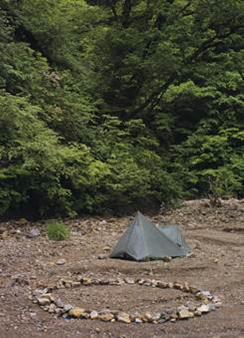
Ken
Kenneth Smith, Director; BACWTT
